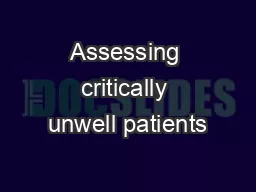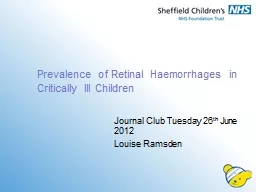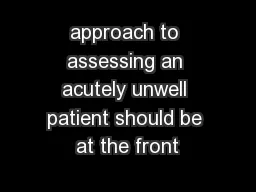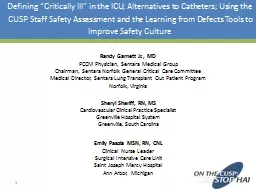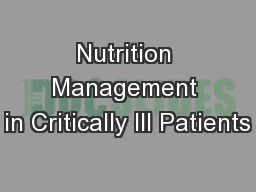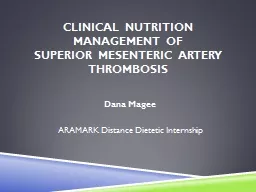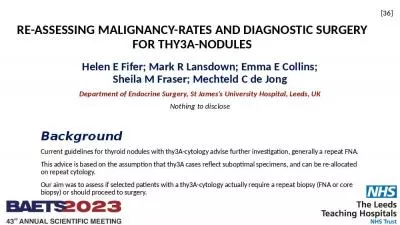PPT-Assessing critically unwell patients
Author : alida-meadow | Published Date : 2018-03-19
Don Zhang General surgical registrar Post operative complications Can happen in all surgical specialties Have to have a basic understanding of the surgery to look
Presentation Embed Code
Download Presentation
Download Presentation The PPT/PDF document "Assessing critically unwell patients" is the property of its rightful owner. Permission is granted to download and print the materials on this website for personal, non-commercial use only, and to display it on your personal computer provided you do not modify the materials and that you retain all copyright notices contained in the materials. By downloading content from our website, you accept the terms of this agreement.
Assessing critically unwell patients: Transcript
Download Rules Of Document
"Assessing critically unwell patients"The content belongs to its owner. You may download and print it for personal use, without modification, and keep all copyright notices. By downloading, you agree to these terms.
Related Documents

